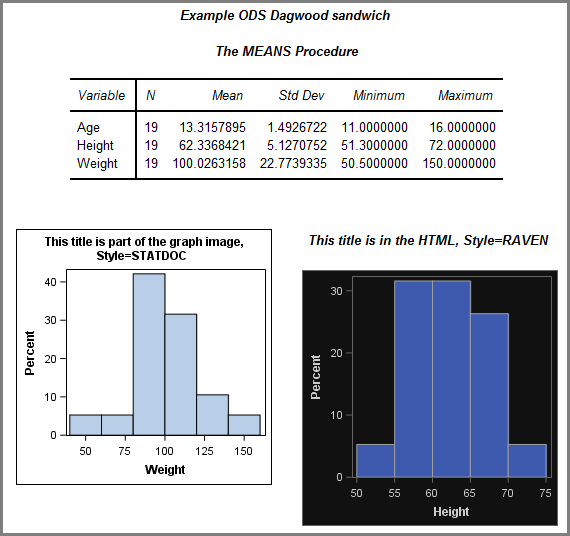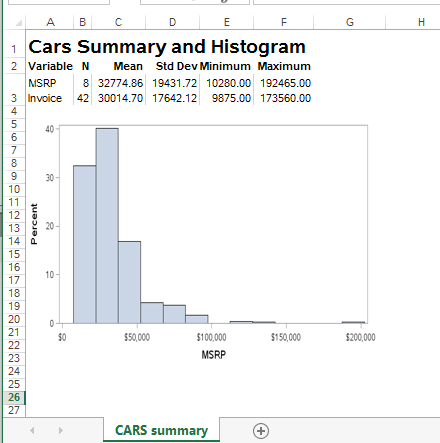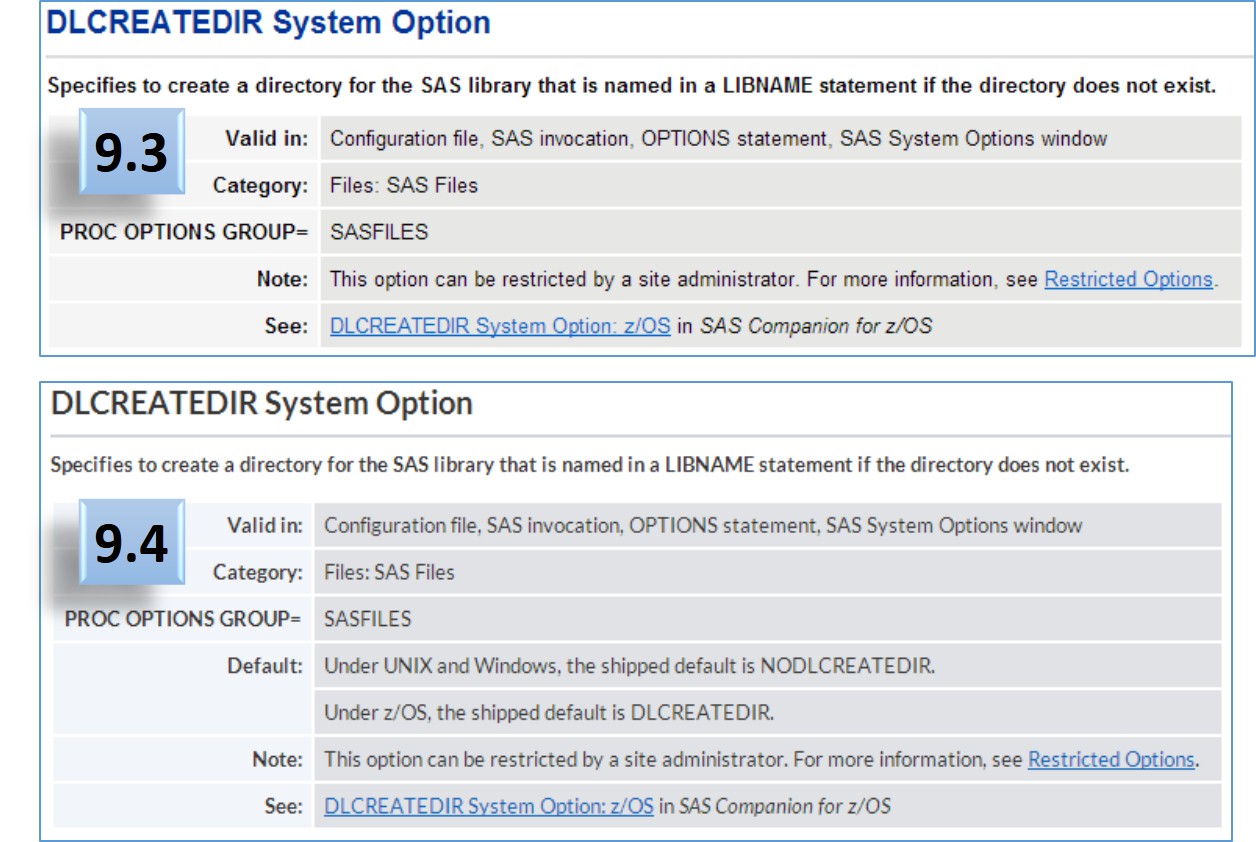
The ODS statement controls most aspects of how SAS creates your output results. You use it to specify the destination type (HTML, PDF, RTF, EXCEL or something else), as well as the details of those destinations: file paths, appearance styles, graphics behaviors, and more. The most common use pattern is





